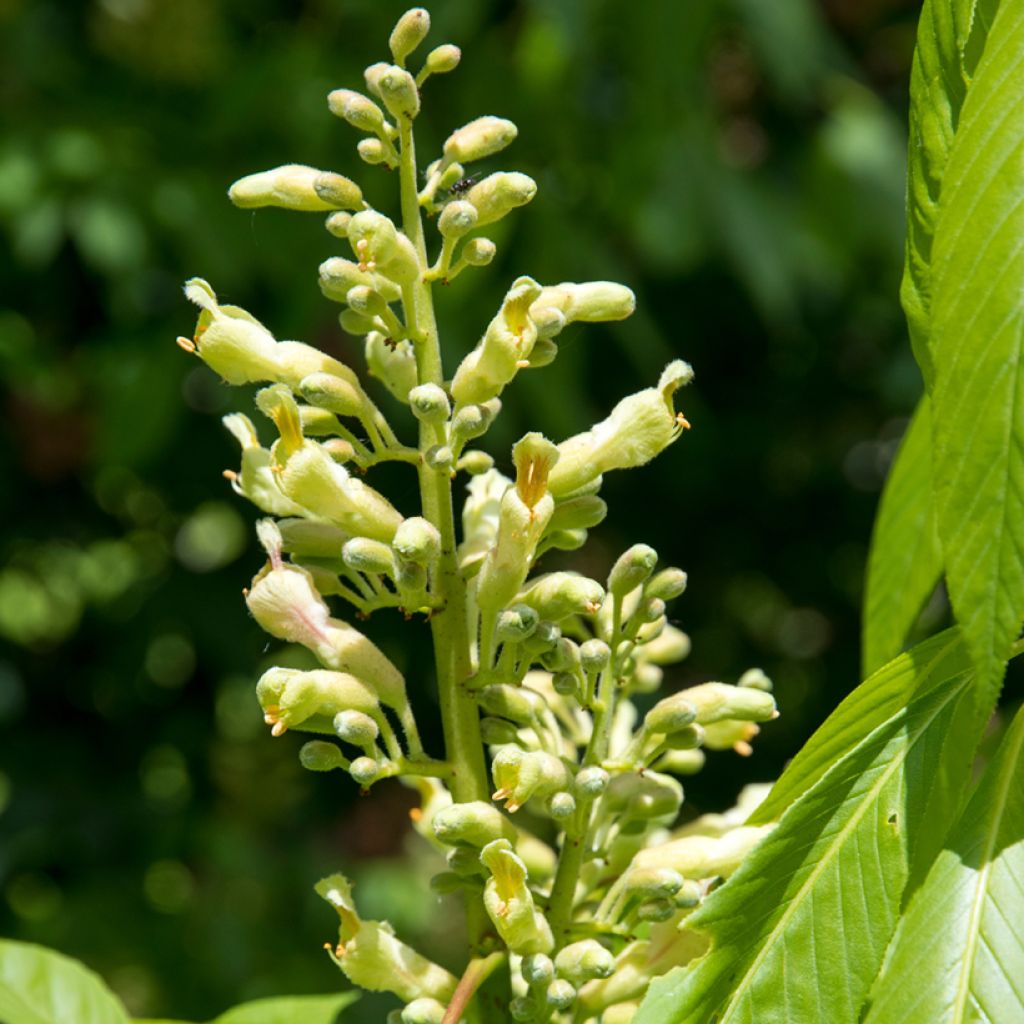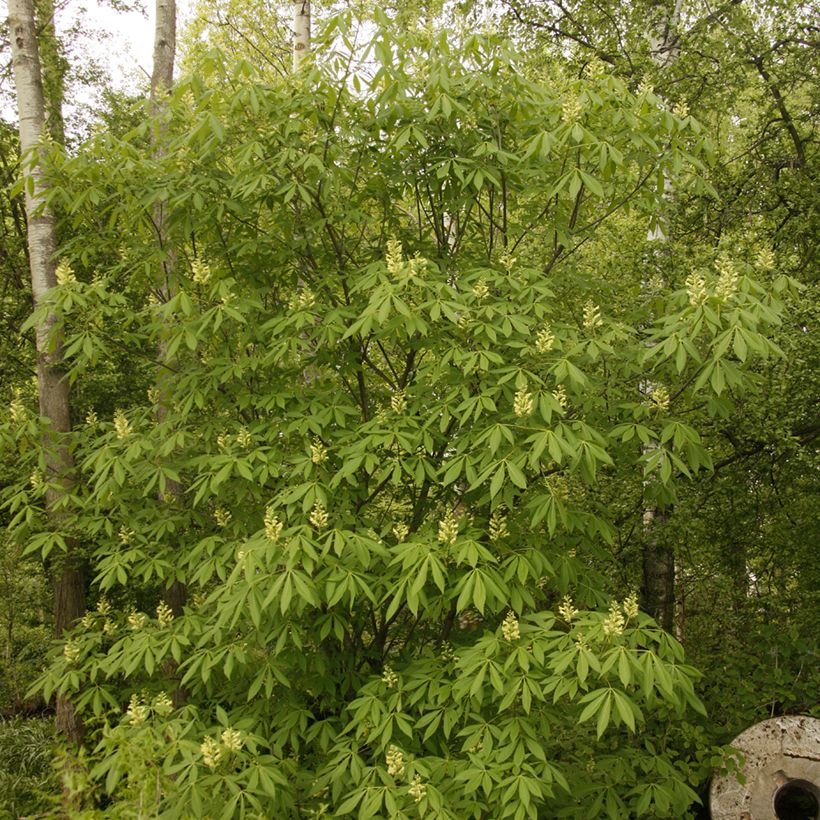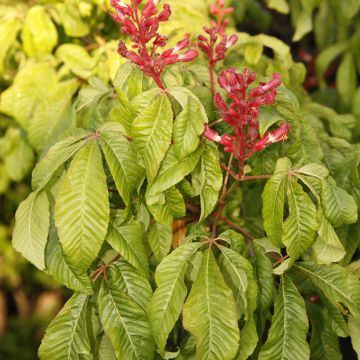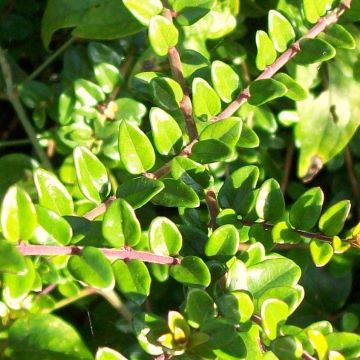

Aesculus x glaucescens


Aesculus x glaucescens


Aesculus x glaucescens
Aesculus x glaucescens
Aesculus x glaucescens
Special offer!
Receive a €20 voucher for any order over €90 (excluding delivery costs, credit notes, and plastic-free options)!
1- Add your favorite plants to your cart.
2- Once you have reached €90, confirm your order (you can even choose the delivery date!).
3- As soon as your order is shipped, you will receive an email containing your voucher code, valid for 3 months (90 days).
Your voucher is unique and can only be used once, for any order with a minimum value of €20, excluding delivery costs.
Can be combined with other current offers, non-divisible and non-refundable.
Home or relay delivery (depending on size and destination)
Schedule delivery date,
and select date in basket
This plant carries a 24 months recovery warranty
More information
We guarantee the quality of our plants for a full growing cycle, and will replace at our expense any plant that fails to recover under normal climatic and planting conditions.
Would this plant suit my garden?
Set up your Plantfit profile →
Description
And here is the Aesculus x glaucescens (synonym Aesculus x neglecta), a very rare hybrid horse chestnut in cultivation. It is a medium-sized tree, known for its pale yellow spring flowering, but especially for its finely cut foliage that becomes fiery in autumn. Like other American ornamental horse chestnuts, it is not too bulky, rather disease-resistant, remarkably colourful, and perfectly cold-hardy.
The Aesculus x glaucescens is a very ancient natural hybrid resulting from the cross-breeding between the very compact Aesculus sylvatica, native to the Appalachian forests of the USA, and the large Aesculus flava, a native tree of the eastern United States. This moderately-sized horse chestnut forms a trunk topped with a rounded and loose crown. At maturity, its dimensions reach 10 to 15 m in height and 5 to 10 m in width. Its branches bear smooth, slightly sticky buds. The leaves are digitate, composed of 5 leaflets, attached to the branch by short petioles. The leaflets are oblong-ovate, long-pointed, measuring up to 15 cm long. The young spring shoots are brownish, unfolding into light green leaves, then green, with a yellowish-green underside. In autumn, they gradually turn red. The nectariferous flowering takes place in May, more or less early depending on the climate. The very small flowers are pale yellow, veined with red at the base of the petals. They are grouped in fairly loose inflorescences, 10 to 15 cm long. It blooms in the second half of May. The fruits are smooth and brown, measuring 2 to 3 cm in diameter. Each one contains a seed. The trunk of this small tree is covered with smooth, brown bark.
Aesculus x neglecta thrives in deep, moist soil, preferably non-calcareous, in sunny or semi-shaded positions. It can be used as a standalone tree in a medium-sized garden or on a large plot of land. It can also be integrated into a bed of large shrubs or small trees with flowering or autumn foliage. It forms a beautiful combination with a blue-flowered Hydrangea like the Hydrangea serrata Blue Bird, with the Parrotia persica, the Hydrangea quercifolia, the silverberry or the Cotinus Royal Purple for example.
Report an error about the product description
Aesculus x glaucescens in pictures




Plant habit
Flowering
Foliage
Botanical data
Aesculus
x glaucescens
Sapindaceae
Aesculus x neglecta
Cultivar or hybrid
Other Aesculus - Horse Chestnut
View all →Planting and care
Aesculus x glaucescens should be planted in spring or autumn in a deep, slightly moist soil that is fertile, slightly acidic, neutral, or very slightly alkaline. It does not like very dry and/or very alkaline soils. Plant it in a sunny or semi-shaded location. Digging over the soil is recommended before planting. Make sure to give it enough space, as it can reach a width of 10m for the crown. Water and mulch to maintain soil moisture. Fertilise in spring. Prune in February by removing old stems. This variety appears to be less susceptible to diseases that typically affect our large horse chestnuts. It is also relatively resistant to the horse chestnut leaf miner.
Planting period
Intended location
Care
This item has not been reviewed yet - be the first to leave a review about it.
Similar products
Haven't found what you were looking for?
Hardiness is the lowest winter temperature a plant can endure without suffering serious damage or even dying. However, hardiness is affected by location (a sheltered area, such as a patio), protection (winter cover) and soil type (hardiness is improved by well-drained soil).

Photo Sharing Terms & Conditions
In order to encourage gardeners to interact and share their experiences, Promesse de fleurs offers various media enabling content to be uploaded onto its Site - in particular via the ‘Photo sharing’ module.
The User agrees to refrain from:
- Posting any content that is illegal, prejudicial, insulting, racist, inciteful to hatred, revisionist, contrary to public decency, that infringes on privacy or on the privacy rights of third parties, in particular the publicity rights of persons and goods, intellectual property rights, or the right to privacy.
- Submitting content on behalf of a third party;
- Impersonate the identity of a third party and/or publish any personal information about a third party;
In general, the User undertakes to refrain from any unethical behaviour.
All Content (in particular text, comments, files, images, photos, videos, creative works, etc.), which may be subject to property or intellectual property rights, image or other private rights, shall remain the property of the User, subject to the limited rights granted by the terms of the licence granted by Promesse de fleurs as stated below. Users are at liberty to publish or not to publish such Content on the Site, notably via the ‘Photo Sharing’ facility, and accept that this Content shall be made public and freely accessible, notably on the Internet.
Users further acknowledge, undertake to have ,and guarantee that they hold all necessary rights and permissions to publish such material on the Site, in particular with regard to the legislation in force pertaining to any privacy, property, intellectual property, image, or contractual rights, or rights of any other nature. By publishing such Content on the Site, Users acknowledge accepting full liability as publishers of the Content within the meaning of the law, and grant Promesse de fleurs, free of charge, an inclusive, worldwide licence for the said Content for the entire duration of its publication, including all reproduction, representation, up/downloading, displaying, performing, transmission, and storage rights.
Users also grant permission for their name to be linked to the Content and accept that this link may not always be made available.
By engaging in posting material, Users consent to their Content becoming automatically accessible on the Internet, in particular on other sites and/or blogs and/or web pages of the Promesse de fleurs site, including in particular social pages and the Promesse de fleurs catalogue.
Users may secure the removal of entrusted content free of charge by issuing a simple request via our contact form.
The flowering period indicated on our website applies to countries and regions located in USDA zone 8 (France, the United Kingdom, Ireland, the Netherlands, etc.)
It will vary according to where you live:
- In zones 9 to 10 (Italy, Spain, Greece, etc.), flowering will occur about 2 to 4 weeks earlier.
- In zones 6 to 7 (Germany, Poland, Slovenia, and lower mountainous regions), flowering will be delayed by 2 to 3 weeks.
- In zone 5 (Central Europe, Scandinavia), blooming will be delayed by 3 to 5 weeks.
In temperate climates, pruning of spring-flowering shrubs (forsythia, spireas, etc.) should be done just after flowering.
Pruning of summer-flowering shrubs (Indian Lilac, Perovskia, etc.) can be done in winter or spring.
In cold regions as well as with frost-sensitive plants, avoid pruning too early when severe frosts may still occur.
The planting period indicated on our website applies to countries and regions located in USDA zone 8 (France, United Kingdom, Ireland, Netherlands).
It will vary according to where you live:
- In Mediterranean zones (Marseille, Madrid, Milan, etc.), autumn and winter are the best planting periods.
- In continental zones (Strasbourg, Munich, Vienna, etc.), delay planting by 2 to 3 weeks in spring and bring it forward by 2 to 4 weeks in autumn.
- In mountainous regions (the Alps, Pyrenees, Carpathians, etc.), it is best to plant in late spring (May-June) or late summer (August-September).
The harvesting period indicated on our website applies to countries and regions in USDA zone 8 (France, England, Ireland, the Netherlands).
In colder areas (Scandinavia, Poland, Austria...) fruit and vegetable harvests are likely to be delayed by 3-4 weeks.
In warmer areas (Italy, Spain, Greece, etc.), harvesting will probably take place earlier, depending on weather conditions.
The sowing periods indicated on our website apply to countries and regions within USDA Zone 8 (France, UK, Ireland, Netherlands).
In colder areas (Scandinavia, Poland, Austria...), delay any outdoor sowing by 3-4 weeks, or sow under glass.
In warmer climes (Italy, Spain, Greece, etc.), bring outdoor sowing forward by a few weeks.


















































